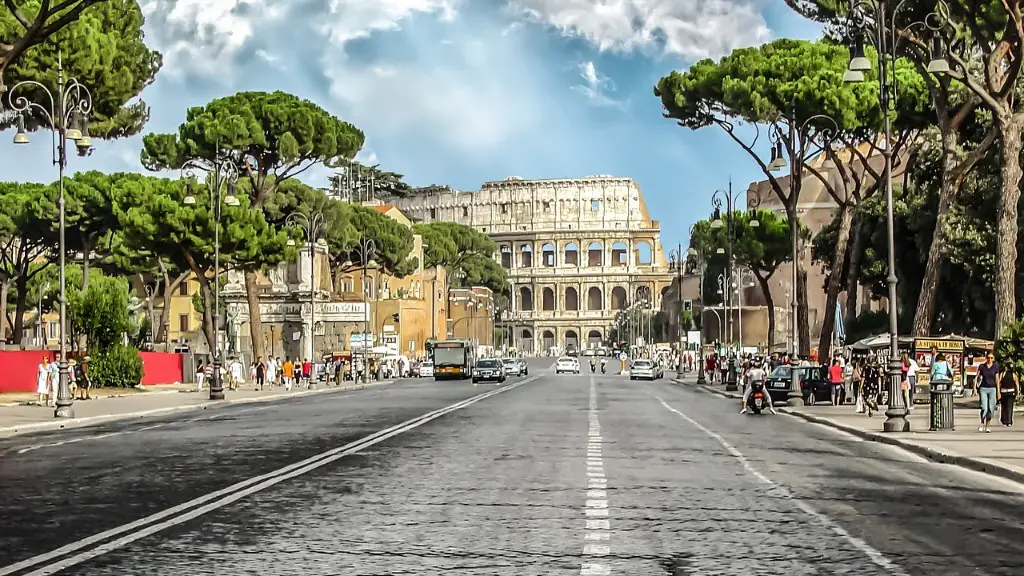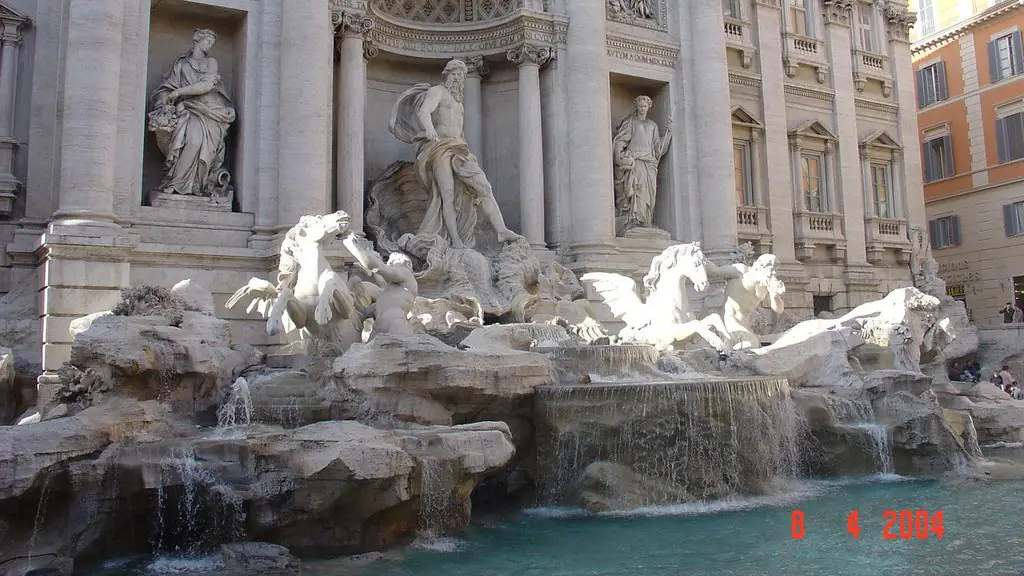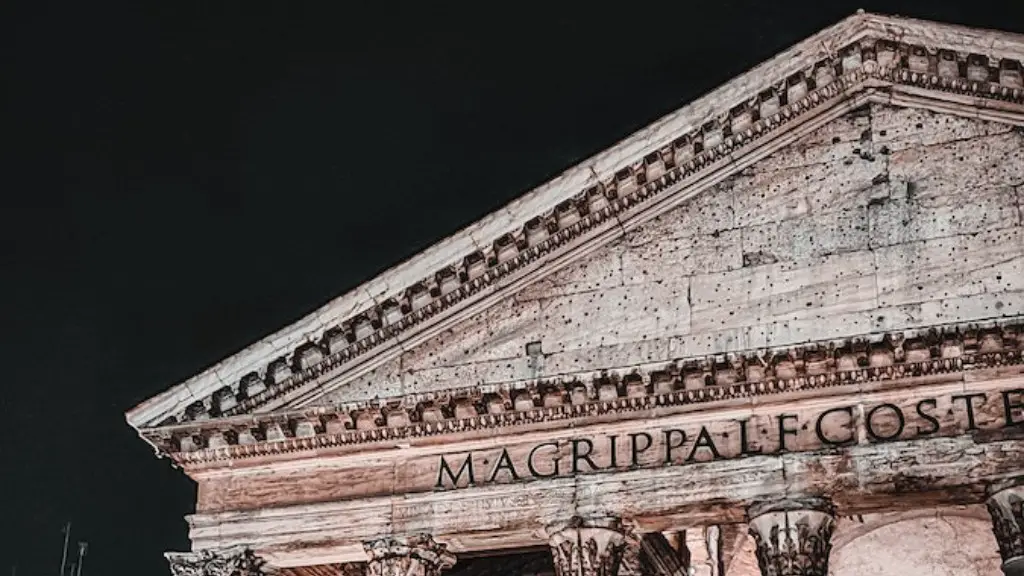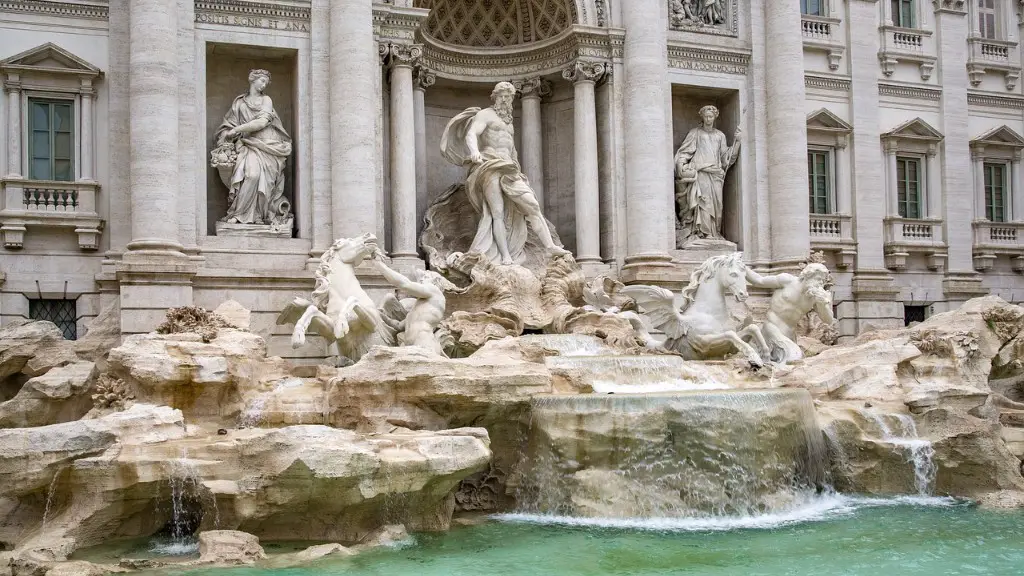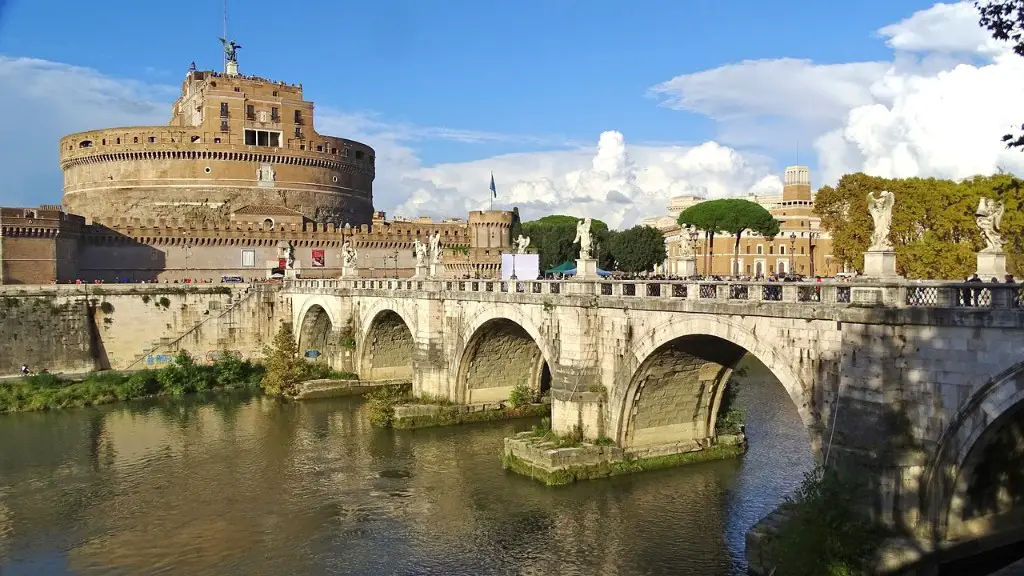Cement is a powdery substance made from calcined limestone and clay. Roman cement was a type of cement made in ancient Rome. It was the most important type of cement in the Roman Empire. Roman cement was based on a natural cement made from crushed lime and volcanic ash.
The ancient Romans used a mixture of lime and volcanic ash to make cement.
What was ancient Roman cement made of?
Roman concrete was a type of concrete used in construction projects in Rome from 200 BCE to 476 CE. It consisted of a mixture of a white powder known as slaked lime, small particles and rock fragments called tephra ejected by volcanic eruptions, and water. Roman concrete was strong and durable, and was used in the construction of many famous buildings and structures, such as the Colosseum and the Pantheon.
It is very difficult to incorporate Al-tobermorite in concrete. The main reason is that it is a very rare hydrothermal mineral. There are only a few place in the world where it can be found.
What was the secret ingredient in Roman concrete
The research team found that the ancient Romans made their concrete with quicklime, which is lime in its pure state, rather than the more typical slaked lime. This gave the concrete “self-healing” properties.
Roman concrete is a very unique and special type of concrete that is not widely known or used today. The ingredients for Roman concrete are scarce and expensive, which makes it difficult to use in widespread construction projects. In addition, we don’t have a lot of knowledge about how to design structures with Roman concrete or how to reinforce it with materials like steel. This makes it a challenge to use Roman concrete in modern construction projects. However, Roman concrete is a very strong and durable material, so it is still used in some high-end construction projects where strength and durability are important.
Does concrete take 100 years to cure?
This is a bit of a myth with the concrete industry. While concrete does continue to harden indefinitely, pore moisture has to drop below a certain level at some point and this isn’t typically 100 years.
The Romans were some of the first people to experiment with adding different substances to cement in order to increase its properties. Pliny reported a mortar mixture of 1 part lime to 4 parts sand, and Vitruvius reported a 2 parts pozzolana to 1 part lime. Animal fat, milk, and blood were also used as admixtures.
Can concrete last 1000 years?
Reinforced concrete structures were thought to be very durable in the early 20th century, but it turns out they only have a lifespan of 50-100 years. Sometimes they don’t even last that long. This is something that engineers need to be aware of when designing buildings and other structures.
The ancient Romans were pretty smart when it came to concrete. They developed a type of concrete that was water-resistant, called opus caementicium. This concrete was made from a hydraulic cement, meaning it could set and harden even when submerged in water. This was a great advantage for the Romans, who used it to build things like aqueducts and baths.
Why did Roman cement last so long
The researchers believe that the lime clasts are responsible for the longevity of Roman concrete, as they help to keep the concrete hydrated and prevent it from cracking.
The Romans were the first to use concrete on a large scale, and they did so by mixing volcanic ash with lime and seawater to make a mortar. They then incorporated into that mortar chunks of volcanic rock, the “aggregate” in the concrete. This made for a very strong and durable concrete, which is why so many Roman buildings are still standing today.
How did Romans make concrete more waterproof?
Seawater concrete is a type of concrete that is made with seawater instead of fresh water. The main advantage of seawater concrete is that it is more resistant to corrosion than fresh water concrete. Seawater concrete is also more durable and has a higher compressive strength than fresh water concrete.
Concrete is a composite made from several materials, one of which is cement. Cement is produced from a limestone, a sedimentary rock. Although “cement” and “concrete” are often used interchangeably, they actually refer to two different materials.
Is modern concrete stronger than Roman
As it turns out, Roman concrete is more durable than what we can make today, and it actually gets stronger over time. Researchers have found that a major contributing factor to the durability of Roman concrete is the inclusion of volcanic ash, which is not found in modern concrete mixes.
Flemish bond is a brickwork bond which consists of alternating courses of headers and stretchers. The bricks are arranged so that each header is centered above and below a stretcher. Each header is also centered horizontally between the two stretchers on the course below it.
Did Roman concrete need rebar?
Roman concrete structures have been shown to be incredibly durable, standing the test of time in a way that modern concrete structures have not been able to match. There are several reasons for this, one of which is the lack of steel reinforcement in Roman concrete. Without steel reinforcement, there are no tensile stresses in the concrete, and thus no need for regular maintenance and repairs.
The Hoover Dam is one of the most impressive feats of engineering in the United States. The dam is still curing, or hardening, nearly a century after it was built! The upshot of the chemical reaction that causes the curing is to create a kind of stone that can be poured into a mould. This stone is very strong and durable, and it is the material that makes up the Hoover Dam.
Final Words
The Romans made a type of concrete by mixing lime and volcanic ash.
The Romans used a mixture of lime and volcanic ash to make a concrete that was both strong and durable. This concrete was used to build some of the most impressive structures in the ancient world, including the Colosseum and the Pantheon.
